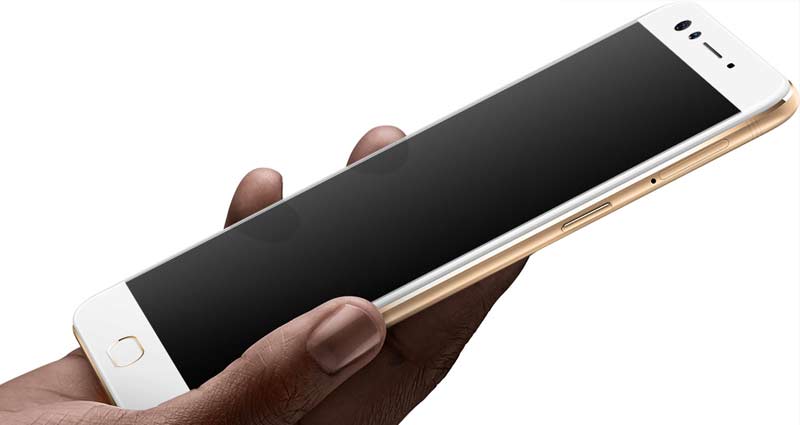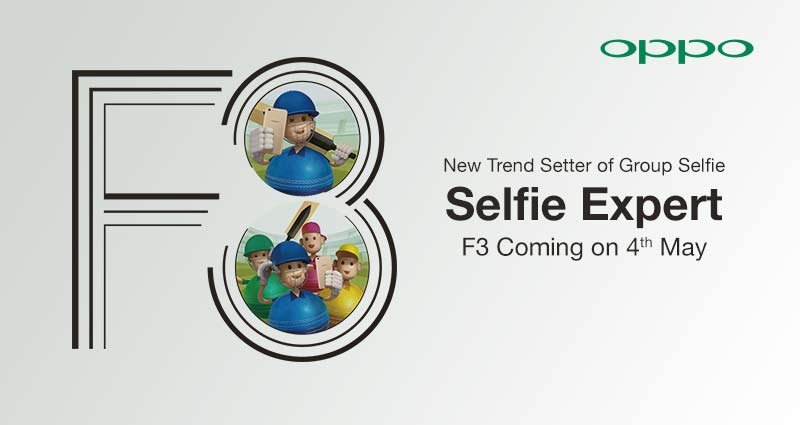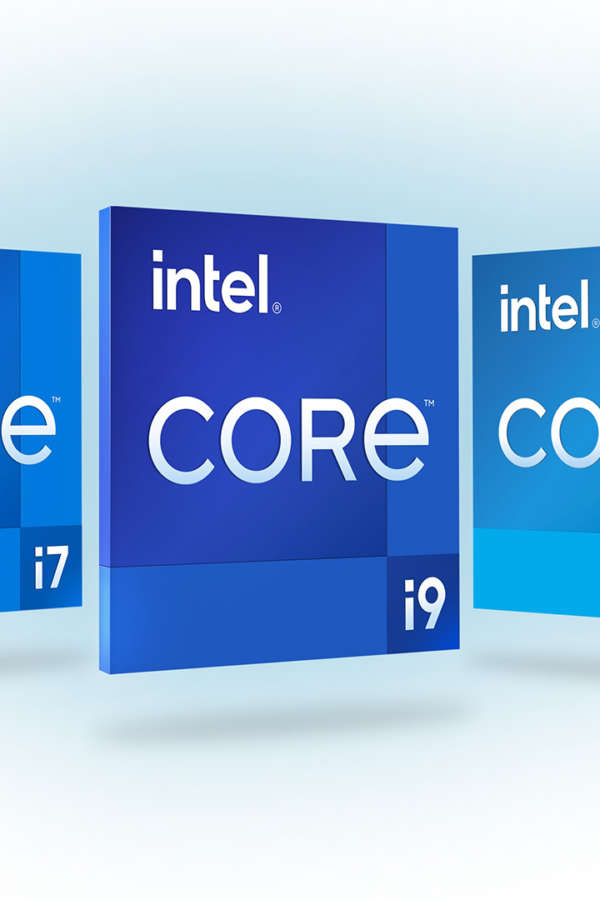Last month OPPO launched its first Dual-Selfie camera smartphone, F3 Plus in Pakistan. At the launch event it was announced that the base mode, F3 would be launched later; but specific details were not provided.
Today OPPO Pakistan has teased the F3 smartphone on its official Facebook page with a launch date of May 4. A short teaser video shows that F3 is quite similar to F3 Plus and features the same Dual-Camera setup on the front.
Selfie Expert F3 Smartphone:
There is not much information available about the F3 smartphone, we only know that the phone will have a smaller 5.5 inch screen as compared to the 6.0 inch screen of F3 Plus.
There might be some downgrades in terms of hardware inside the phone as well. F3 Plus has a Qualcomm Snapdragon 653 Octa-core processor along with 4GB of RAM and 64GB internal storage. So it is possible that F3 will have a different SoC and 3GB of RAM to go with it.

The camera specs will likely remain the same, with two sensors on the front, one boasting 16-Megapixel resolution and a second 120-degree wide angle with 8-Megapixel resolution.
The primary camera will also have 16-Megapixel Sony IMX 398 sensor with PDAF focus and a dual-tone LED flash light.
I am really hopping that OPPO doesn’t remove the VOOC Flash Charging feature from this phone, because last year only the Plus version of F1 had the VOOC feature, which quickly charges the phone battery. Earlier, VOOC was a key feature in all of OPPO’s flagship devices, the company is also working on an improved version of this technology which charges the phone in just 15 minutes.
F3 Price and Availability:
OPPO is also expected to take pre-booking orders for F3 and those who pre-order will be given free OPPO goodies. Obviously if the specs are trimmed down, the price will be lower as compared to the F3 Plus.

It could be between Rs. 30,000 – 35,000, however customers have already showed their disdain for F3 Plus due to its high pricing.
OPPO should consider the customer feedback and price the F3 smartphone a bit lower than what we’ve expected, because in the mid-range segment customers have more choice. If the phone is priced high, they could choose other brands like Huawei and Moto.




